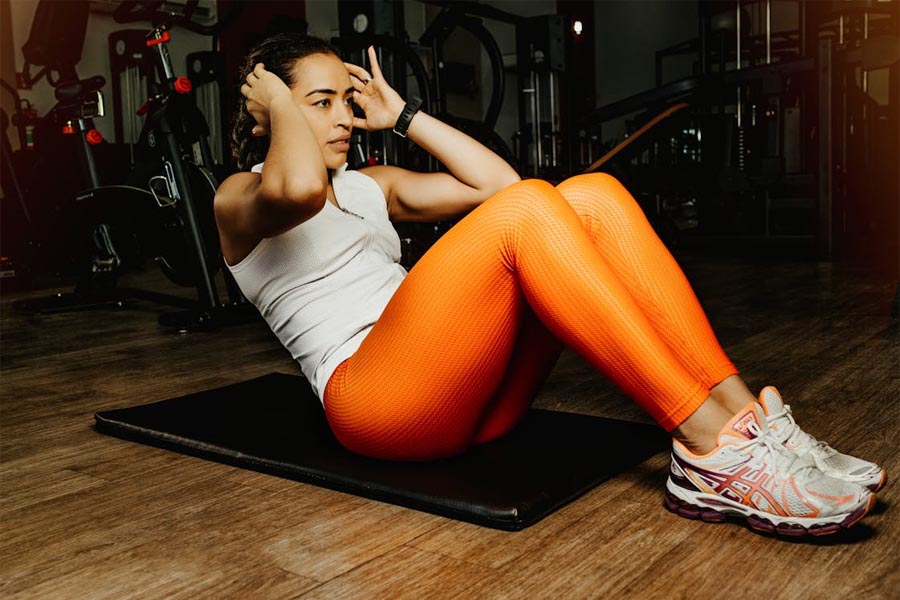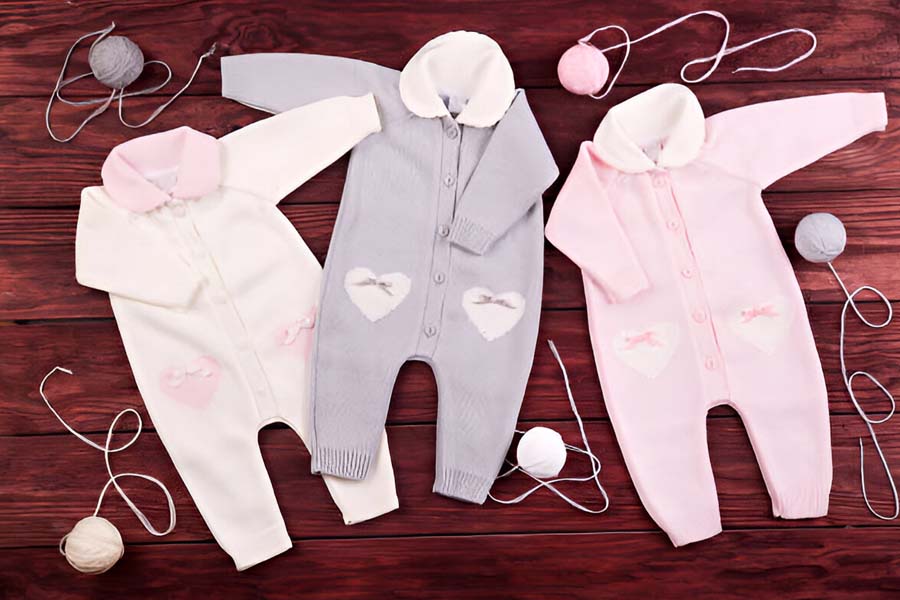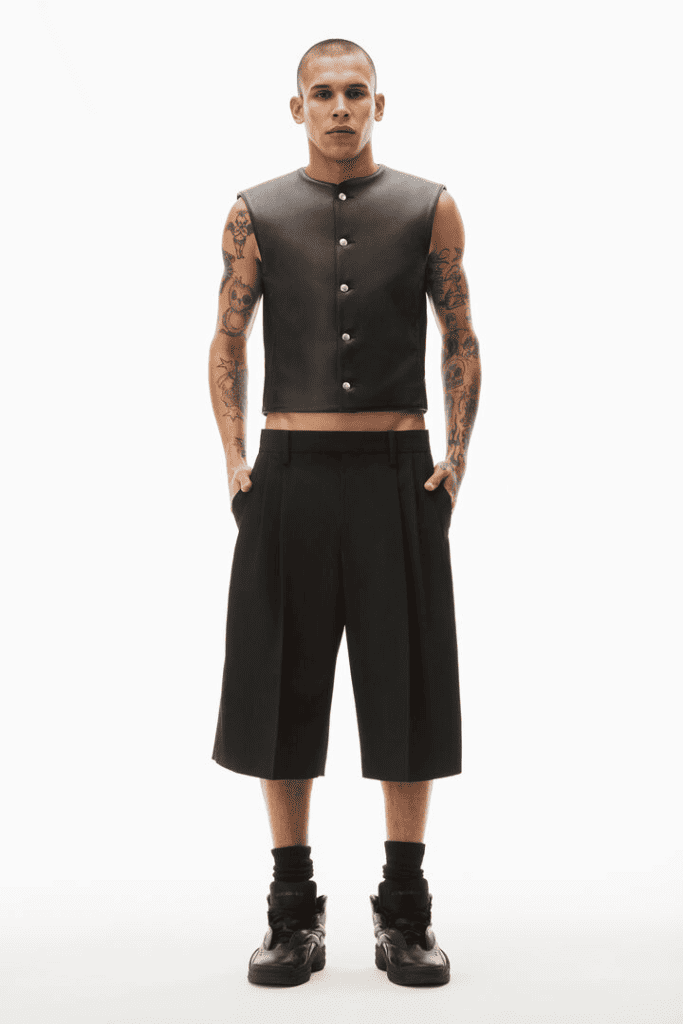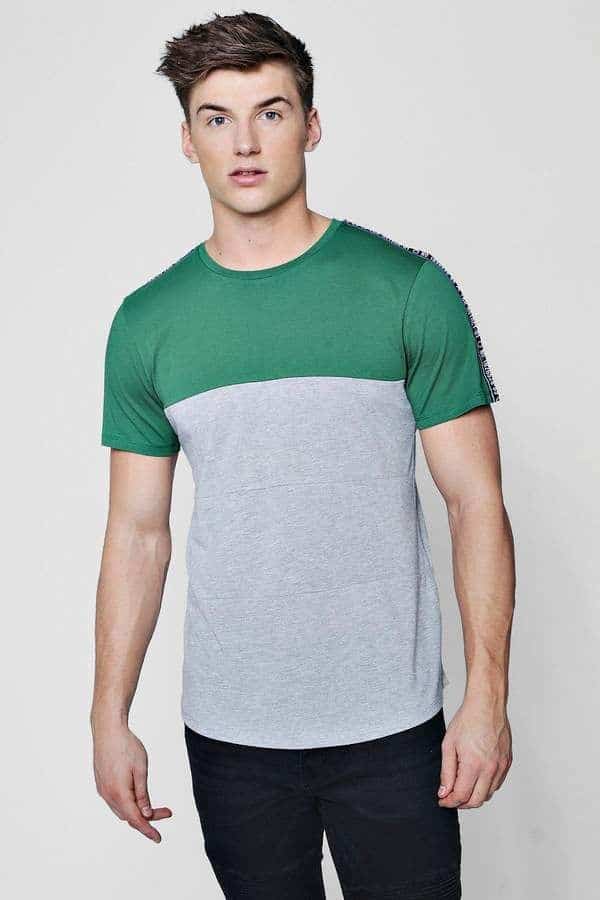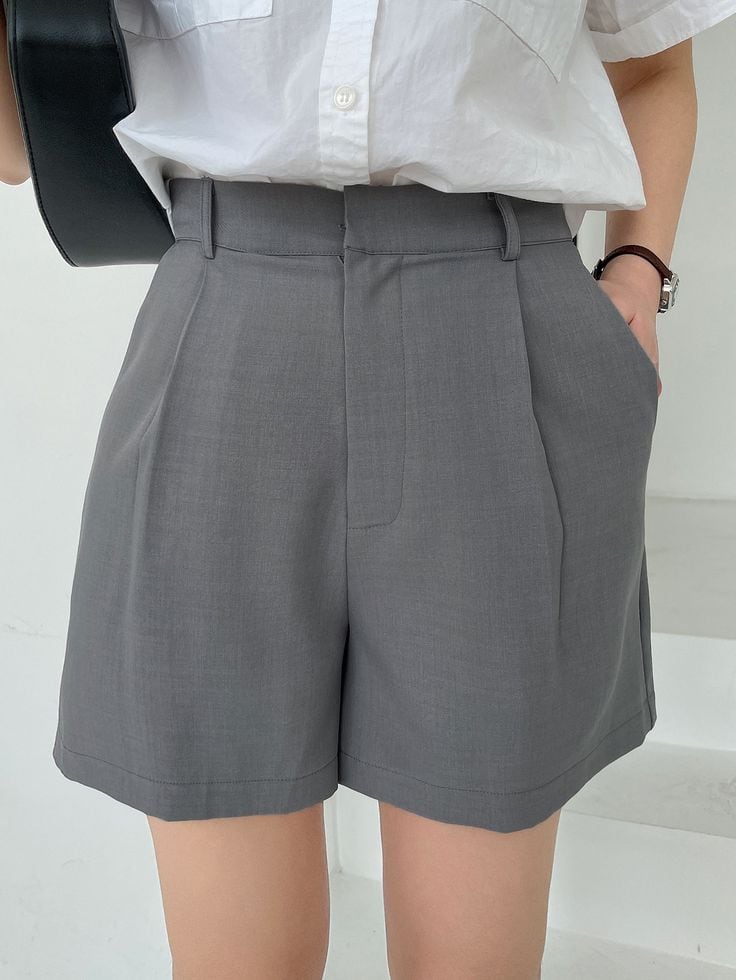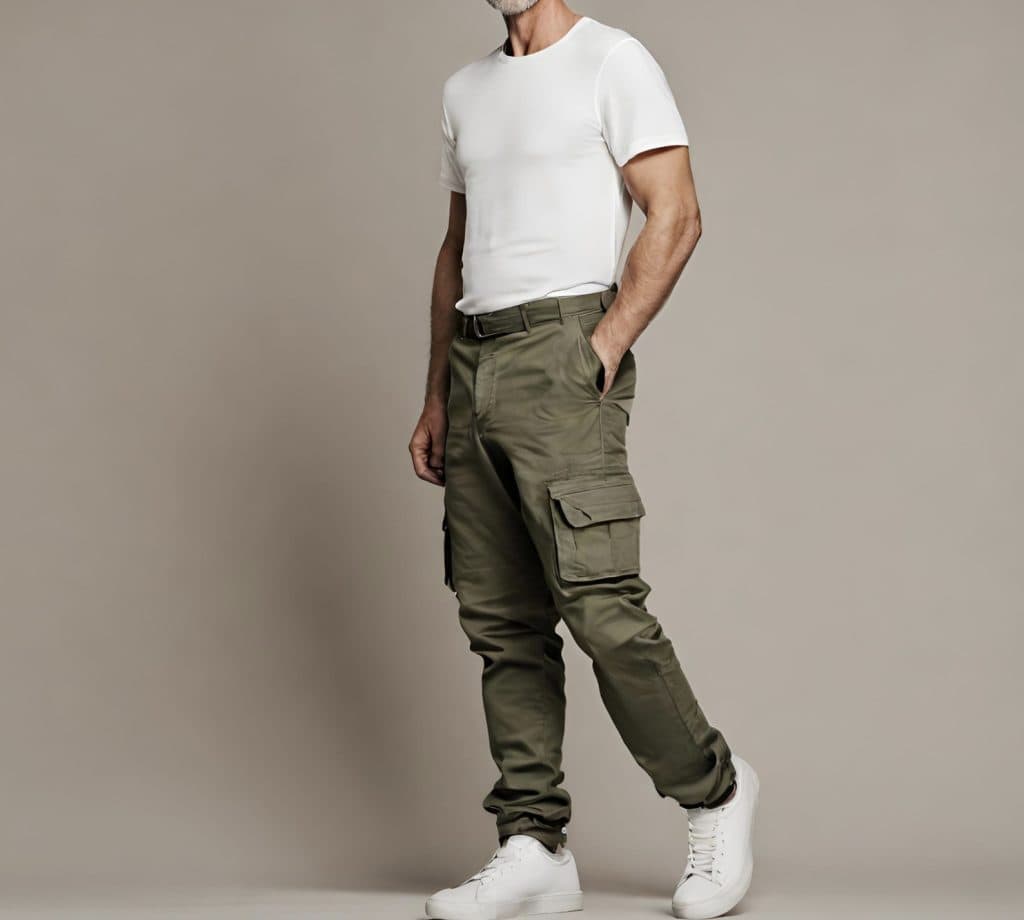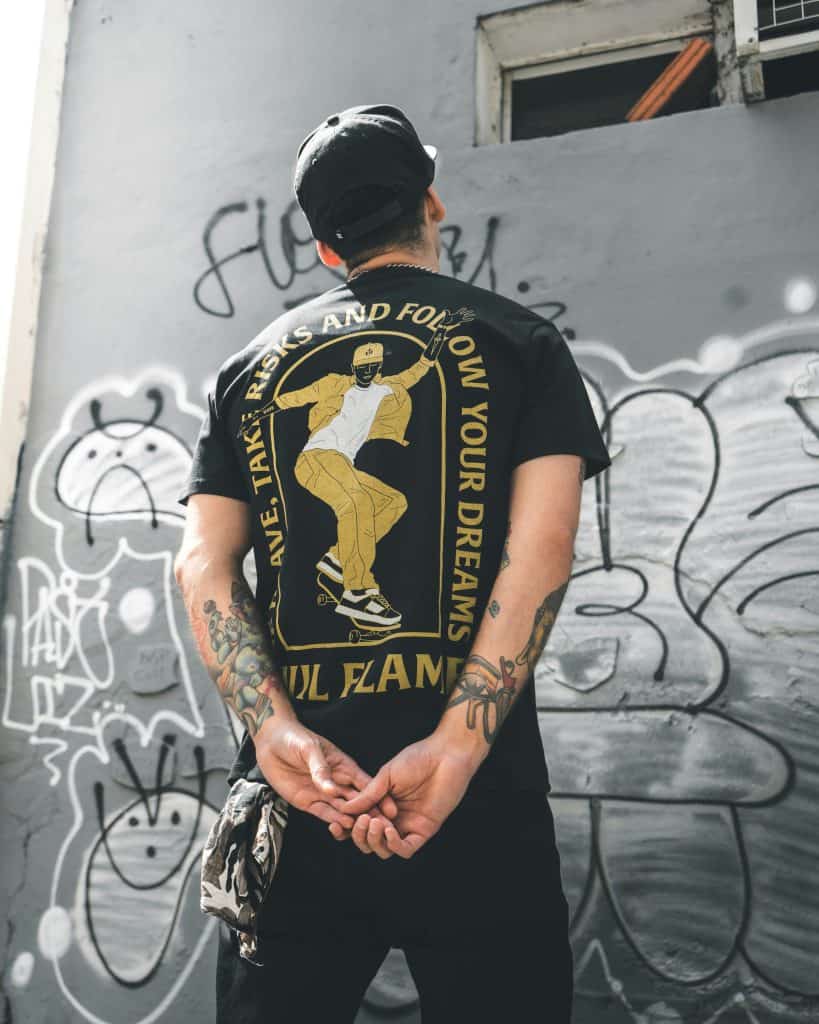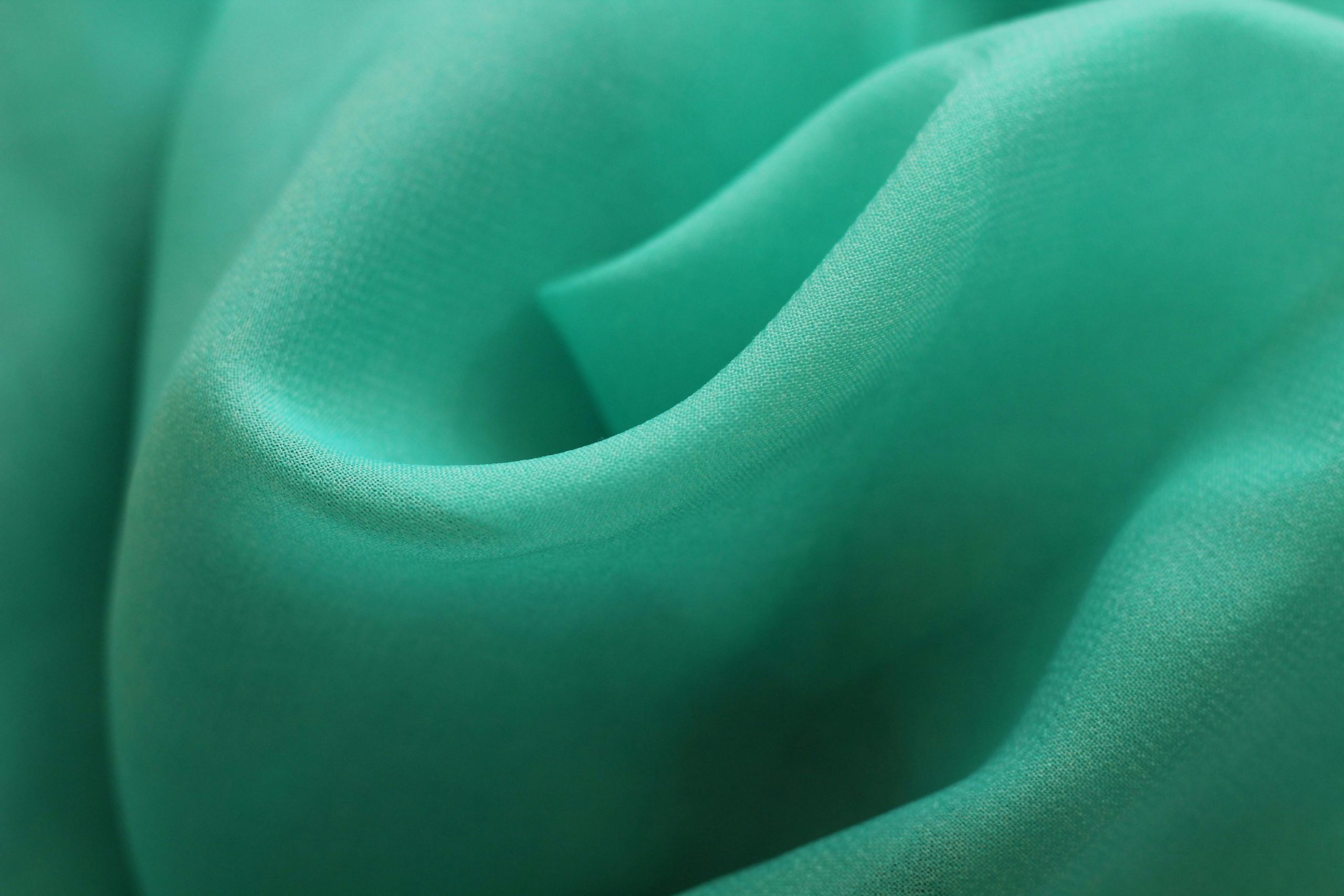
Polyester fabric has become a popular choice in the textile industry due to its unique blend of durability and versatility. It is strong, resistant to wrinkles, and dries quickly, making it suitable for various applications, from clothing to home décor. Understanding the properties and uses of polyester can help consumers make informed decisions when selecting fabrics for their projects or wardrobes.
The history of polyester dates back to the 1940s when it was first developed as a synthetic fiber. Since then, it has evolved and found a place in everyday products. Its ability to withstand wear and tear while maintaining its appearance makes it a preferred option for both casual and formal attire.
As concerns about environmental impact grow, awareness of the production process and the sustainability of polyester is also crucial. With careful selection, polyester can be a practical choice for clothing, ensuring both performance and comfort.
History of Polyester Fabric
Polyester fabric has a rich history that dates back to the mid-20th century. Its development involved significant scientific discoveries that transformed materials in the textile industry. This section explores both the origins and its rise in popularity, highlighting key milestones.
Origins and Development
The journey of polyester began in the 1930s with the work of British scientists. They discovered a way to create synthetic fabrics by combining ethylene glycol and terephthalic acid. This process produced a polymer known as polyethylene terephthalate, or PET.
In 1941, polyester was officially invented, but it took several years for it to reach the market. During the late 1940s and early 1950s, research continued, leading to improvements in its durability and versatility. By 1951, polyester was ready for public introduction, marking a turning point in fabric technology.
Rise in Popularity
Polyester fabric gained immense popularity in the 1950s and 1960s. It was marketed as a “miracle” fabric because it was strong, resistant to wrinkles, and easy to care for. This appealed to consumers looking for low-maintenance clothing options.
Its use expanded quickly in the fashion industry. Designers embraced polyester for its flexibility and vibrant colors. The fabric became a staple in both casual and formal wear. By the 1970s, polyester had firmly established its place in clothing and household textiles.
Production Process
The production of polyester fabric involves several key stages, from extracting raw materials to their final refinishing. Each step plays a crucial role in determining the quality and characteristics of the final product.
Raw Materials Extraction
The primary raw materials for polyester production are derived from petroleum. Ethylene glycol and dimethyl terephthalate (DMT) are key components extracted from crude oil.
This careful handling of raw materials is essential for creating high-quality polyester.
Polymerization and Spinning
Polymerization is where ethylene glycol and DMT are chemically combined to create long chains known as polymers.
Understanding these steps is vital as they determine the strength and durability of the polyester fabric.
Finishing Techniques
Finishing techniques enhance the physical and aesthetic qualities of polyester fabric.
These finishing touches ultimately affect the fabric’s appearance and functionality, making them important to the production process.
Environmental Impact
Polyester fabric, commonly used in clothing and textiles, has significant environmental effects. These include sustainability issues and ongoing recycling efforts aimed at reducing its ecological footprint.
Sustainability Concerns
The production and use of polyester raise serious sustainability concerns. It is derived from petroleum, a non-renewable resource. This means that its production contributes to fossil fuel depletion.
Additionally, the manufacturing process emits pollutants that can harm air quality. During use, polyester clothing sheds microfibers that enter waterways, impacting marine ecosystems. These microfibers can harm fish and other aquatic life, leading to broader environmental damage.
Polyester also takes hundreds of years to decompose, accumulating in landfills. As it breaks down, it releases harmful chemicals into soil and groundwater, including methane, a potent greenhouse gas.
Recycling Efforts
To address the environmental issues linked to polyester, recycling initiatives are becoming more common. Many brands are now using recycled polyester made from plastic bottles and other waste.
This process reduces the need for new petroleum-based materials and lowers the carbon footprint of production. Recycling polyester can also keep waste out of landfills and decrease water pollution from microfibers.
Some companies have developed advanced recycling technologies that can turn old polyester garments back into usable fiber. These efforts are crucial for creating a more sustainable fabric industry and reducing polyester’s impact on the planet.
What is Polyester Fabric Used For?
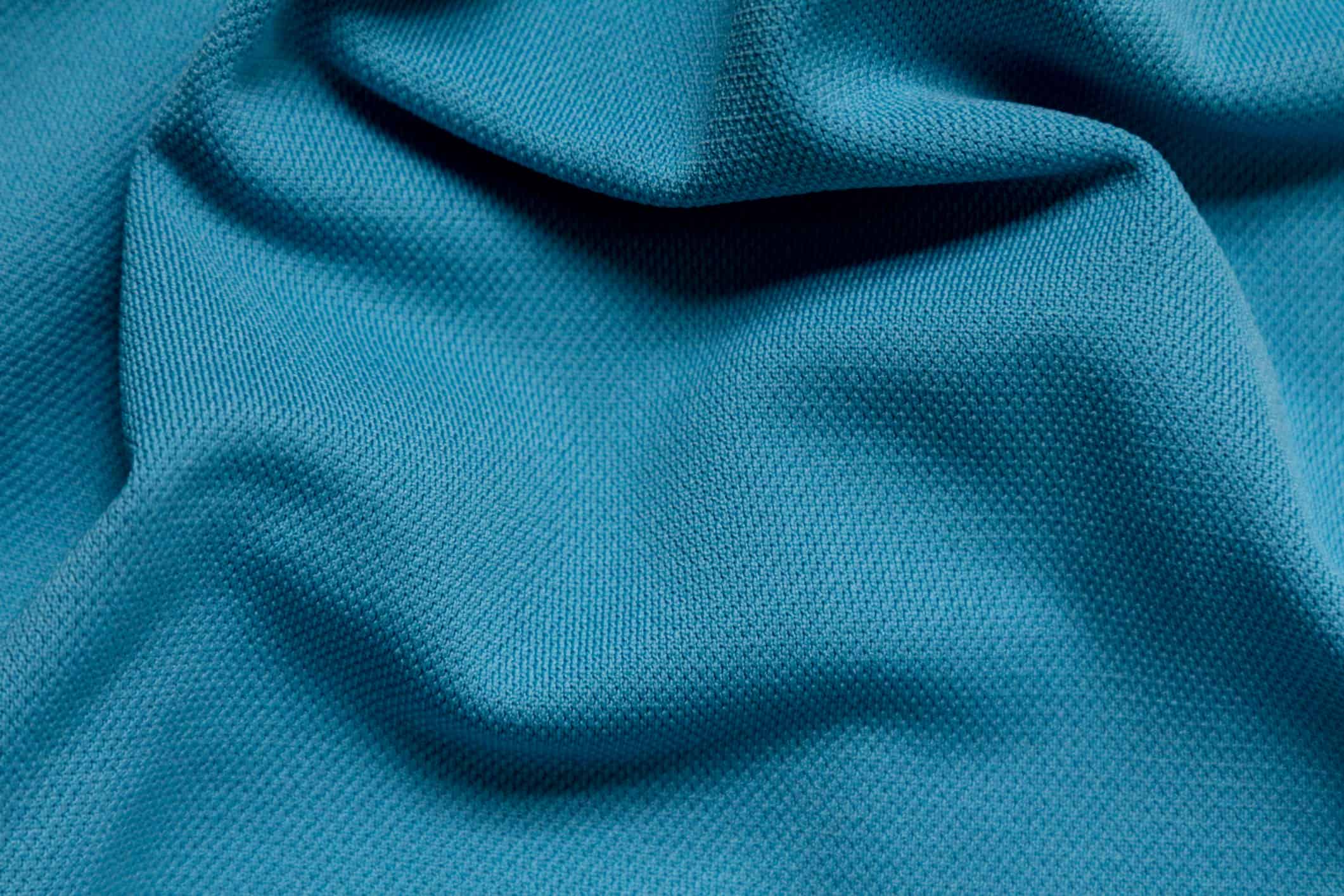
Polyester fabric is versatile and widely used in many fields. Its properties make it suitable for clothing, home furnishings, and various industrial applications. This section highlights specific areas where polyester plays a crucial role.
Apparel Industry
In the apparel industry, polyester is a popular choice due to its durability and ease of care. It resists wrinkling and shrinking, making it ideal for everyday clothing.
Common items include:
- T-shirts
- Dresses
- Activewear
Many manufacturers blend polyester with other fibers to enhance comfort and texture. This blend creates fabrics that feel soft and lightweight while retaining strength. Polyester’s moisture-wicking properties also make it suitable for sportswear, keeping athletes dry during activities.
Furthermore, it is often used in formal clothing, such as suits and dresses, offering a polished look that maintains its shape.
Home Furnishings
Polyester is commonly found in home furnishings, providing durability and stain resistance. It is widely used in upholstery, curtains, and cushions.
Key applications include:
- Sofas
- Cushions
- Curtains
Its ability to withstand fading makes polyester perfect for items exposed to sunlight. Many homeowners choose polyester fabrics for their colorfastness and easy maintenance. These fabrics can be cleaned with simple detergents, making them practical for everyday use.
Additionally, polyester blends are used in bedding, ensuring comfort while being resistant to wrinkles and shrinkage.
Industrial and Technical Products
Polyester also finds extensive use in industrial and technical products. Its strength and resistance to chemicals make it valuable in various applications.
Key uses include:
- Automotive interiors
- Tarps
- Bottles
In the automotive industry, polyester is used for seat covers and interior linings. This enhances the durability of vehicle interiors against wear and tear.
Furthermore, polyester is employed in the production of technical textiles, including safety gear and geotextiles. Its lightweight and robust nature supports functionality in diverse industrial environments.
Most casual clothing uses poly jersey fabric. These include T-shirts, undergarments, tank tops, athletic shirts, etc. You can use the fabric to make bedsheets, curtains, and furniture coverings.
Properties of Polyester Fabric
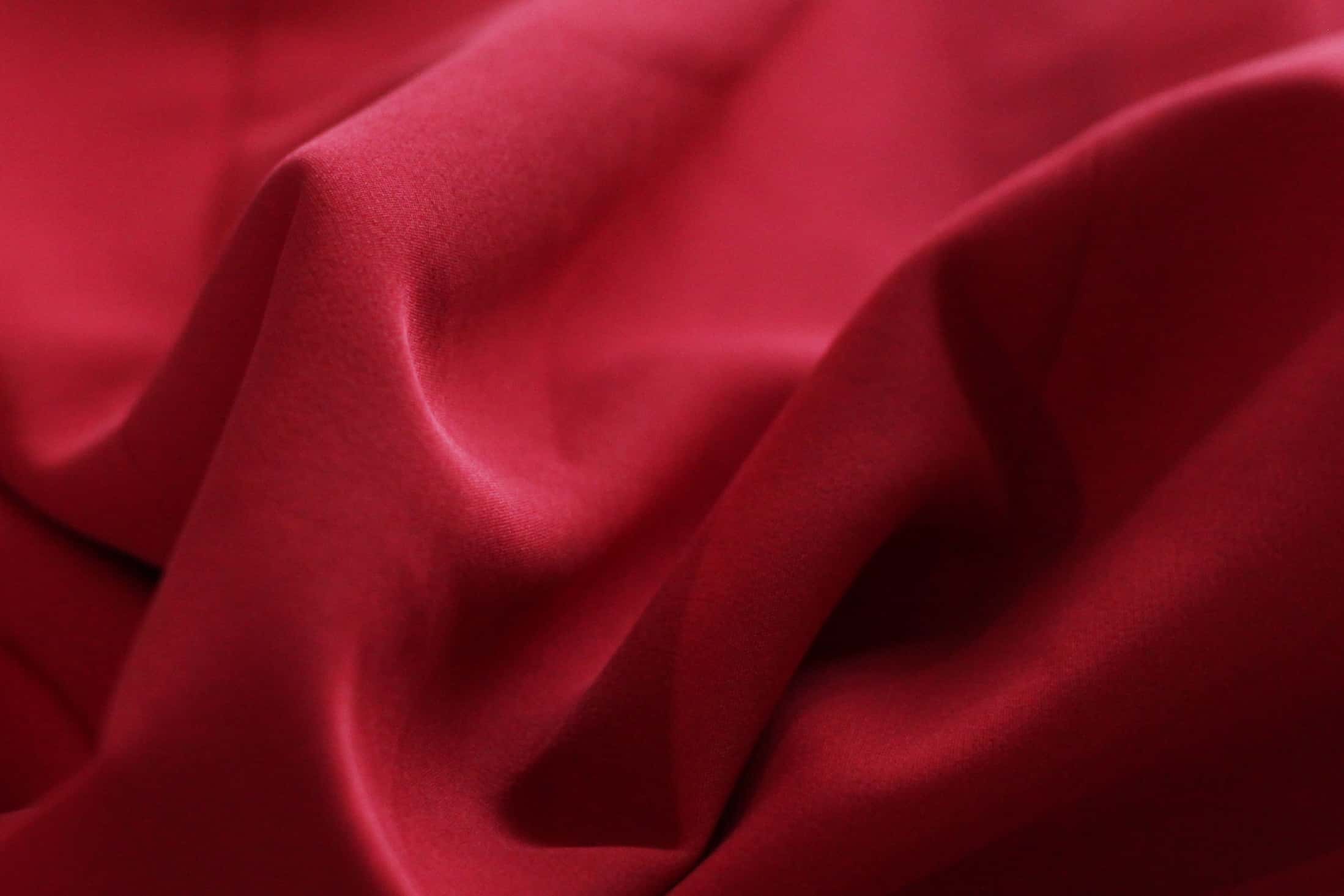
Polyester possesses unique properties that make it a popular choice in textiles. Its chemical structure contributes to its durability, while its physical characteristics enhance its versatility for various applications.
Chemical Structure
Polyester is a synthetic polymer made from ester monomers. Its most common form is polyethylene terephthalate (PET), created through a reaction between purified terephthalic acid and ethylene glycol.
This chemical structure gives polyester its strength and resilience. The long molecular chains allow polyester fibers to maintain their shape and resist stretching.
Additionally, polyester can be produced from recycled plastic, making it more sustainable. This aspect appeals to environmentally conscious consumers looking for eco-friendly fabric options.
Physical Characteristics
Polyester has several notable physical characteristics that enhance its usability. It is lightweight and has a smooth texture, making it comfortable for daily wear.
The fabric is also quick-drying and moisture-wicking. This means it can pull moisture away from the body, keeping the wearer dry and comfortable.
Furthermore, polyester is resistant to wrinkles and shrinking. It holds its shape well even after washing, making it low maintenance.
Lastly, polyester offers good color retention and resists fading, which ensures vibrant colors for longer periods.
Durability and Resistance
Polyester is known for its durability. It withstands abrasion and has a high tensile strength, which helps it last longer even in tough conditions.
In addition, polyester is resistant to many chemicals. This quality makes it suitable for various industrial applications where exposure to harsh substances is common.
The fabric also resists mildew and mold, making it a good choice for outdoor gear and clothing.
Yet, one limitation is its low absorbency, which can make it less ideal for products needing high moisture retention, such as towels.
Overall, polyester’s durability and resistance make it a practical fabric for numerous uses.
Difference Between Polyester and Cotton
Polyester is a machine-made fiber, while cotton is a natural fiber. As a result, they made a polyester fabric according to their liking, but people cannot manipulate the properties of cotton.
It is strong and inexpensive. Thus, cotton is a limited resource.
Which is better, polyester or cotton?
Polyester and cotton are both good in their own ways. Which one is better depends on what you like more as a consumer.
Polyester is a good choice if you want a fabric that is not too expensive and is very strong.
But if you want something that feels soft and comfortable to wear, then cotton is a better choice. Cotton is a natural fabric that many people find very cozy and comfortable.
If you want something strong and affordable, go for polyester. If you want something soft and comfy, choose cotton.
Recommendation of types of clothing polyester should be used for
Polyester is a popular choice for various types of clothing due to its many advantages. Here are some recommended uses for polyester fabric:
Jackets and Outerwear
Polyester is ideal for jackets like parkas, raincoats, and windbreakers. Its lightweight, weather-resistant properties provide warmth and protection from the elements.
Athletic Wear
Athletic clothing benefits from polyester’s moisture-wicking abilities, making it perfect for tank tops, sports bras, and joggers. Blending polyester with cotton enhances breathability, suitable for intense workouts.
Dressy Clothes
For formal and business attire, polyester is a great option. It holds its shape well, allowing for intricate designs like pleats and creases. Lightweight polyester ensures comfort during events.
Swimwear
Polyester’s quick-drying and moisture-wicking features make it an excellent choice for swimwear. It helps keep the wearer comfortable both in and out of the water, reducing clinginess.
Casual Wear
T-shirts and casual dresses often combine polyester with other materials for added durability. Its ability to hold dyes allows for vibrant colors that stay fresh wash after wash.
Polyester is versatile and reliable, making it suitable for countless styles and occasions. Its unique properties cater to various needs, providing comfort and performance in everyday fashion.
What Are Examples Of Polyester Fabric?
1. Polar Fleece
Polar fleece is a very soft and warm fabric made from polyester. Designers use polar fleece to make jackets, hats, sweaters, and hoodies. It can also make special clothes for outdoor activities like hiking and camping.
2. Microfiber
Microfiber fabric is good for sports clothes. Thus, it effectively removes sweat and is resistant to getting wet. They are light and comfortable to wear.
Microfiber is a special fabric that can keep you dry in the rain. It’s water-repellent, which can protect you from getting wet when it’s raining or windy.
That’s why it’s a great choice for making windbreakers. These are jackets that can keep you warm and dry in bad weather.
3. Spun Polyester
Spun polyester knits in a way that makes them soft and comfortable to the touch. They often use it to make dresses that feel nice and cozy when you wear them.
What Are The 3 Types Of Polyester?
1. Ethylene Polyester (PET)
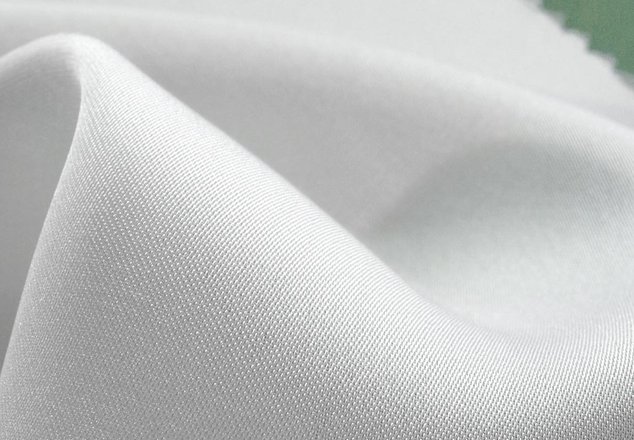
The most common type of polyester fiber is ethylene polyester, also known as PET. They often use it to make different types of clothing. It’s also used as stuffing inside pillows and stuffed toys, which makes them nice and soft.
2. Plant-Based Polyester

Unlike PET polyester, plant-based polyester comes from plant-based sources such as sugar cane. They use it to create more sustainable fabrics and clothing pieces.
3. PCDT Polyester
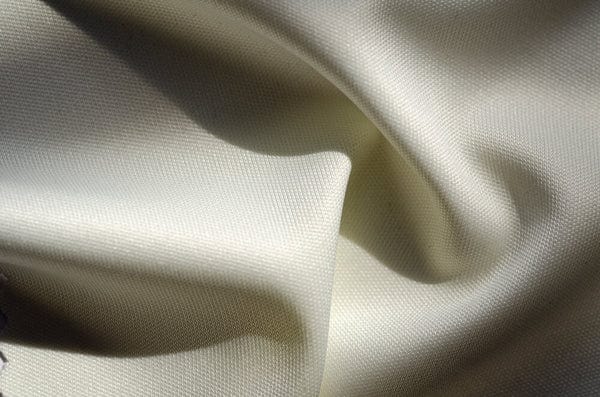
PCDT polyester has a different chemical structure than PET. It’s stronger, more elastic, and heavier than fabric made from PET. This is best for heavier textiles like furniture coverings and curtains.
Environmental Impact of Polyester Jersey Fabric

Polyester is not good for the environment in many ways. It’s bad, from fossil fuel extraction to production, use, and disposal.
Polyester also produces toxins that cause pollution. Plus, it doesn’t break down and can stay around for hundreds of years.
That’s why some people prefer to use natural fibers like cotton that can biodegrade over time.
Frequently Asked Questions
Polyester fabric is a popular choice for many reasons, including its durability and versatility. Here are some common questions about its properties, production, environmental impacts, and care.
How does polyester fabric compare to cotton in terms of breathability and comfort?
Polyester is less breathable than cotton but offers good moisture-wicking properties. Cotton absorbs moisture, making it comfortable in hot weather. However, polyester dries faster, making it suitable for activewear.
What is the process involved in creating polyester fabric?
Polyester is made from petroleum-based products. The process begins with creating polyester chips, which are melted and spun into fibers. These fibers are then woven or knitted into fabric.
Can polyester fabric be considered stretchy, and how does it retain shape after wear?
Polyester can be blended with spandex to create stretchy fabrics. This blend allows for flexibility, while polyester’s synthetic nature helps it retain shape after multiple wears.
What are the potential environmental impacts of using polyester fabric?
Polyester production involves fossil fuels, contributing to environmental concerns. Recycling polyester can help reduce these impacts, but the plastic waste generated by polyester clothing is a significant issue.
How does the cost of polyester fabric compare to other common textiles on the market?
Polyester is generally more affordable than natural fibers like cotton or wool. Its low cost makes it a popular choice in a wide range of clothing and textiles.
What are the care instructions for maintaining the quality of polyester fabric garments?
Polyester garments are easy to care for. They can typically be machine washed and dried without shrinking. However, it is best to avoid high heat during drying to maintain their quality.
Why does polyester have a bad name compared to other fabrics?
Polyester is often criticized for being less comfortable than natural fibers. Some people find it retains odors and can be less breathable. Additionally, concerns about its environmental impact contribute to its negative perception.
Key Takeaways
- Polyester is known for its durability and quick-drying qualities.
- Its history dates back to the 1940s, leading to diverse applications today.
- Understanding its production and environmental impact is essential for informed choices.
Looking to make casual clothing, athletic wear, and outdoor wear? Polyester fabric may be the right choice for your designs!





